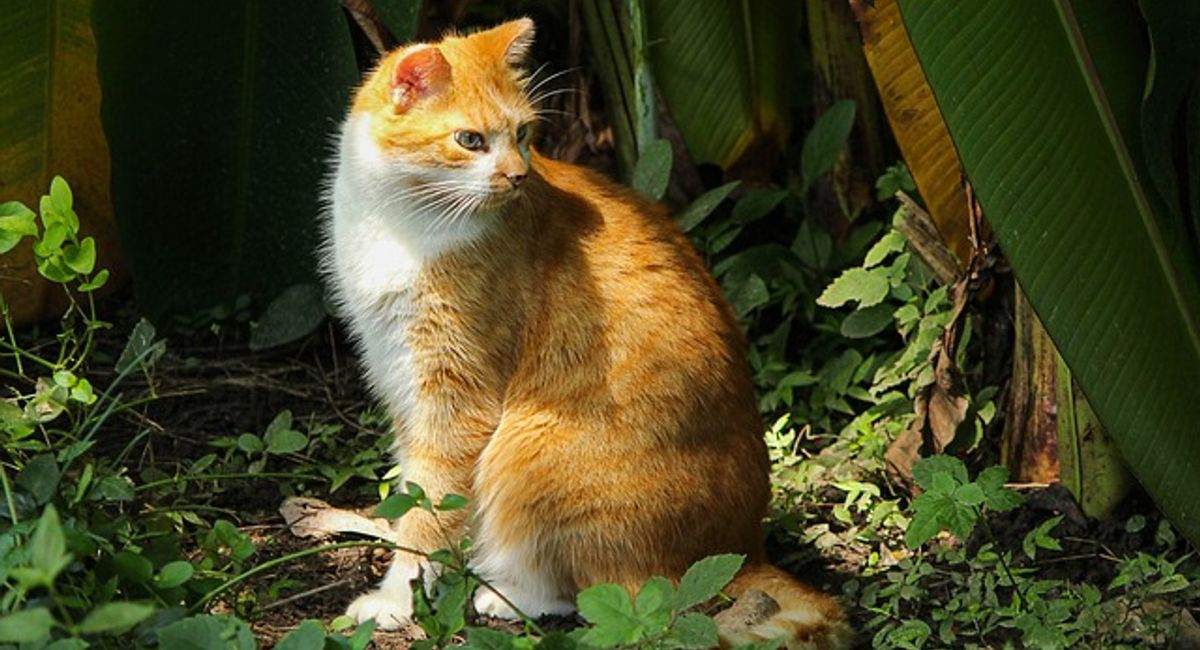October 16th
National Feral Cat Day

A feral cat is a domestic cat that has been born and raised in the wild, or has been abandoned or lost and has reverted to a wild state in order to survive. Feral cats are often the offspring of domestic cats that were not spayed or neutered and were allowed to roam freely outdoors. Over time, feral cats may form colonies, which are groups of cats that live together in a particular area, such as a park, alleyway, or abandoned building. Unlike stray cats, which may have been domesticated at some point and are comfortable around humans, feral cats are typically fearful of humans and avoid contact with them. They may be difficult to catch or handle, and are often considered a nuisance or a threat to local wildlife. Feral cats can also pose a risk to public health, as they may carry diseases that can be transmitted to humans. Because of these concerns, many communities have implemented programs to control feral cat populations. One approach is trap-neuter-return (TNR), which involves trapping feral cats, spaying or neutering them to prevent further breeding, and then returning them to their original location. TNR programs can help reduce the number of feral cats in a given area over time, while also improving their health and welfare.